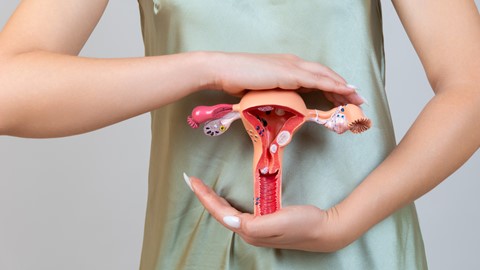
Welcome to our comprehensive guide on hysteroscopy, an essential procedure for exploring and diagnosing uterine conditions. In this blog, we will delve into the details of hysteroscopy, highlighting its benefits, procedure, and its significance in women’s health. So, let’s embark on a journey to discover the wonders of hysteroscopy and how it can improve your well-being.
Understanding Hysteroscopy:
Hysteroscopy is a minimally invasive procedure that allows doctors to examine the inside of the uterus using a thin, lighted tube called a hysteroscope. By inserting the hysteroscope through the vagina and cervix, your healthcare provider gains a clear view of the uterine cavity, helping them identify and diagnose various conditions that may affect your reproductive health.
Benefits of Hysteroscopy:
- Accurate Diagnosis: Hysteroscopy provides a direct visual examination of the uterine cavity, enabling doctors to identify and diagnose conditions such as fibroids, polyps, adhesions, and abnormal growths accurately. This accuracy helps in formulating an appropriate treatment plan tailored to your specific needs.
- Minimal Invasiveness: Compared to traditional surgical procedures, hysteroscopy is minimally invasive, meaning it requires smaller incisions or sometimes no incisions at all. This leads to reduced pain, faster recovery time, and minimal scarring.
- Customized Treatment: Hysteroscopy not only allows for accurate diagnosis but also enables doctors to perform certain treatments during the procedure itself. Common hysteroscopic treatments include the removal of polyps, fibroids, and adhesions, as well as the placement of intrauterine devices (IUDs) for contraception.
The Hysteroscopy Procedure:
- Preparing for the Procedure: Your healthcare provider will provide instructions on how to prepare for the hysteroscopy, which may include fasting beforehand, stopping certain medications, or undergoing additional tests.
- Anesthesia: Depending on the type of hysteroscopy being performed, you may be given general anesthesia, local anesthesia, or conscious sedation to ensure your comfort during the procedure.
- Insertion of the Hysteroscope: The hysteroscope is gently inserted through the vagina and cervix into the uterus. Carbon dioxide gas or a liquid solution may be used to expand the uterine cavity, allowing for better visualization.
- Examination and Treatment: As the hysteroscope is advanced, your doctor will carefully examine the uterine walls, searching for any abnormalities. If necessary, they may perform treatments such as polyp or fibroid removal, endometrial biopsy, or adhesion removal during the same procedure.
- Recovery and Follow-up: After the hysteroscopy, you will be monitored for a short period to ensure your well-being. Most patients can return home the same day and resume normal activities within a few days. Your healthcare provider will schedule a follow-up appointment to discuss the results of the procedure and any further treatment plans if required.
Hysteroscopy offers a remarkable window into the uterus, aiding in the accurate diagnosis and treatment of various reproductive health conditions. With its minimally invasive nature and ability to provide customized treatment, hysteroscopy has revolutionized women’s healthcare. By exploring the womb through this procedure, doctors can improve your quality of life, address concerns, and restore your reproductive health.
If you are experiencing symptoms or have concerns about your uterine health, consult with your healthcare provider to determine if hysteroscopy is the right option for you. Remember, early detection and timely intervention can make a significant difference


